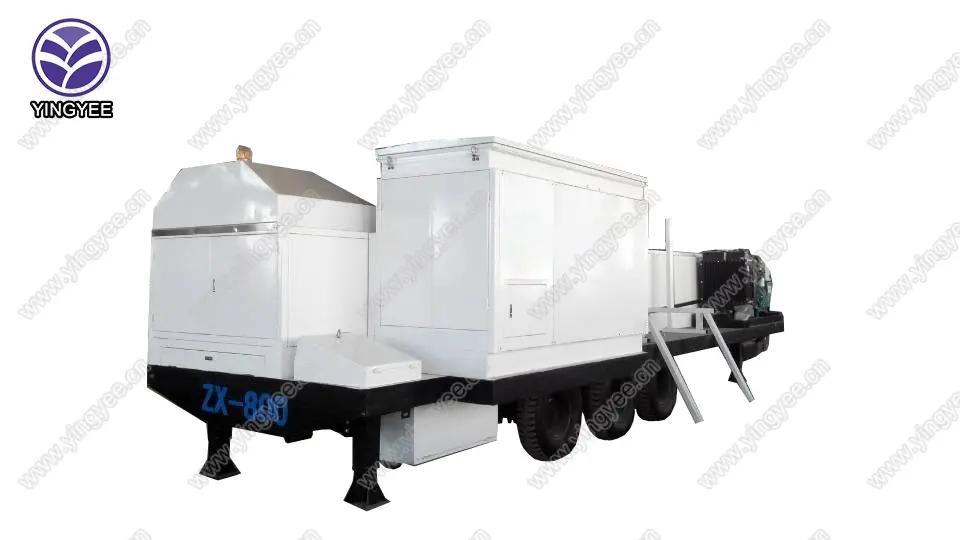
High-Frequency Welded Tube Making Machine Revolutionizing Tube Production
In the modern manufacturing landscape, the demand for steel tubes and pipes has surged dramatically. Industries ranging from construction to automotive rely heavily on these components for structural support and fluid transportation. One technology that has emerged as a game-changer in the tube-making industry is the High-Frequency Welded Tube Making Machine. This advanced machinery improves efficiency, reduces production costs, and enhances the quality of the tubes produced.
Understanding High-Frequency Welding
High-frequency welding, also known as high-frequency induction welding, is a process that uses electromagnetic induction to generate heat in the edges of metal strips. As the metal reaches a temperature sufficient for welding, the edges are pressed together under pressure, forming a strong bond without the need for additional filler materials. This technique is highly effective in producing welded tubes as it minimizes oxidation and contamination compared to traditional welding methods.
The Process of Tube Manufacturing
The tube-making process begins with the feeding of flat metal strips into the machine. The strips are typically made of low carbon steel, stainless steel, or other alloys, depending on the desired properties of the final product. The machine then utilizes a series of rollers to shape the flat strip into a tubular form. Once the tube is formed, high-frequency welding occurs as the edges come together.
Significantly, the high-frequency welded tube making machine can produce tubes at impressive speeds, reaching up to several hundred feet per minute. This rapid production capability allows manufacturers to meet high demand while maintaining cost-efficiency.
Advantages of High-Frequency Welded Tube Making Machines
1. Efficiency and Speed One of the primary advantages of high-frequency welded tube making machines is their ability to produce tubes quickly. The streamlined process and high-speed welding capability reduce cycle times and enable manufacturers to meet tight delivery schedules.

2. Quality Control High-frequency welding produces strong, durable bonds with excellent quality control. The method minimizes defects, such as incomplete welds or poorly aligned edges, resulting in a more reliable final product. Additionally, modern machines are equipped with real-time monitoring systems that ensure each tube meets stringent quality standards.
3. Cost-Effectiveness The efficiencies gained from high-frequency welding translate into lower production costs. The reduction in material waste, combined with faster production times, allows manufacturers to offer competitive pricing without sacrificing quality.
4. Versatility High-frequency welded tube making machines are incredibly versatile. They can produce a range of tube sizes and shapes to meet specific customer requirements. From small diameter tubes for intricate applications to large industrial pipes, these machines can be adjusted quickly to accommodate diverse manufacturing needs.
5. Environmental Considerations In today’s eco-conscious world, the high-frequency welded tube-making process is relatively environmentally friendly. The lack of additional materials in the welding process reduces waste, while energy consumption is optimized, making it a more sustainable option.
Applications Across Industries
High-frequency welded tubes are used in various applications, making them indispensable in multiple industries. In the construction sector, they are used for structural support systems, while in the automotive industry, they serve as exhaust systems and fuel lines. Moreover, these tubes are crucial in the HVAC industry for manufacturing heat exchangers and ducts.
Conclusion
As the demand for high-quality, reliable steel tubes continues to grow, the high-frequency welded tube making machine stands out as a vital innovation in the manufacturing realm. Its ability to produce tubes efficiently, cost-effectively, and with superior quality positions it as a cornerstone technology for industries that rely on tubular products. As advancements in technology continue, we can expect further improvements in the capabilities and applications of high-frequency welded tube making machines, ensuring they remain at the forefront of modern manufacturing.